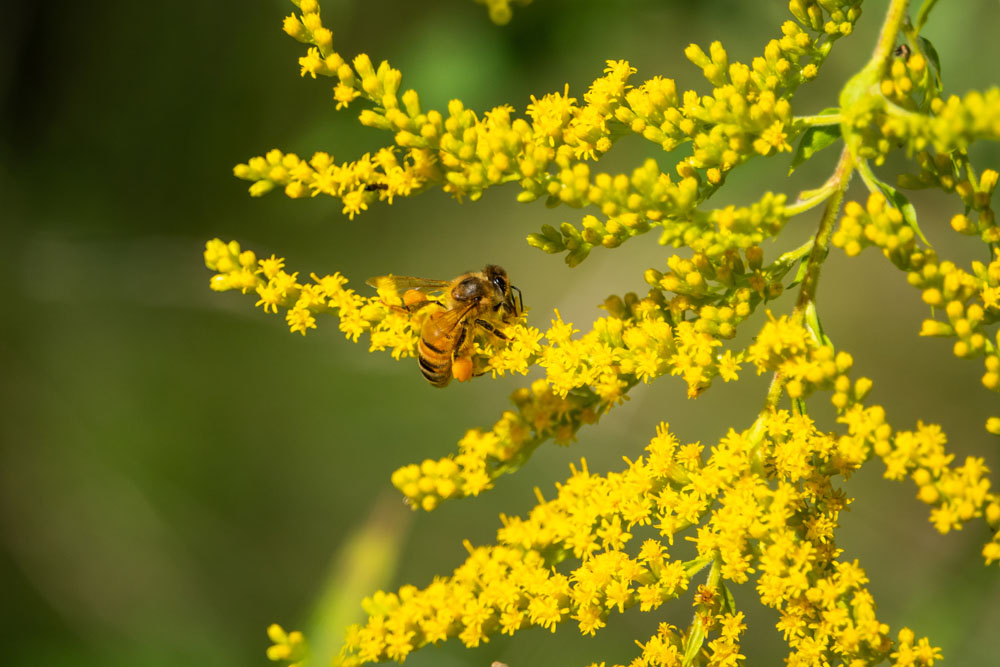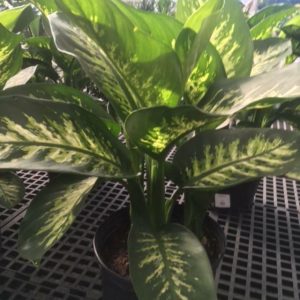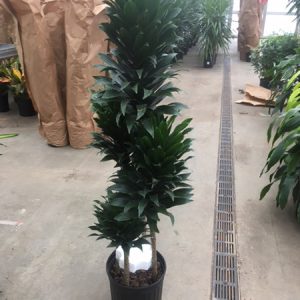Description
Solidago – Goldenrod –
There are about 100 woody based perennials, related to Asters, in this genus. They are found naturally occurring on roadsides, prairies, and riverbanks, most in North America, but few at home in South America and Eurasia. They are grown for their small, elongated fall flowers, mostly borne in one sided, upward facing racemes or spike like panicles. Stiff, branched stems carry alternate narrowly elliptic to lance shaped smooth or toothed edged, prominently veined, usually mid green leaves, up to 12″ long. Most species are coarse and invasive, and are best grown in a wild garden, although S. virgaurea subsp minuta is suitable for a rock garden. Named hybrids are robust, less invasive, and more colorful with slightly larger flowers. They are ideal for late summer border or wild garden, and provide good cut flowers. Site then carefully, for they can overwhelm less vigorous plants. Goldenrods are not a cause of hayfever, ragweed (Ambrosia species), which bloom at the same time, are the primary allergen in autumn.
Grow in poor to moderately fertile, preferably sandy, well drained soil in full sun or light shade. Remove flowered stems to prevent seeding. Divide in mid autumn or early spring.
Prone to spot anthracnose, powdery mildew, rust, and a few fungal spots.
S. ‘Golden Wings’ – This erect perennial grows 5-6′ feet tall and half as wide. It produces downy, lance shaped, serrated mid green leaves. In late summer and early autumn it bears corymb like panicles, to 10″ long, of golden yellow flowers.
Zones 5-9





